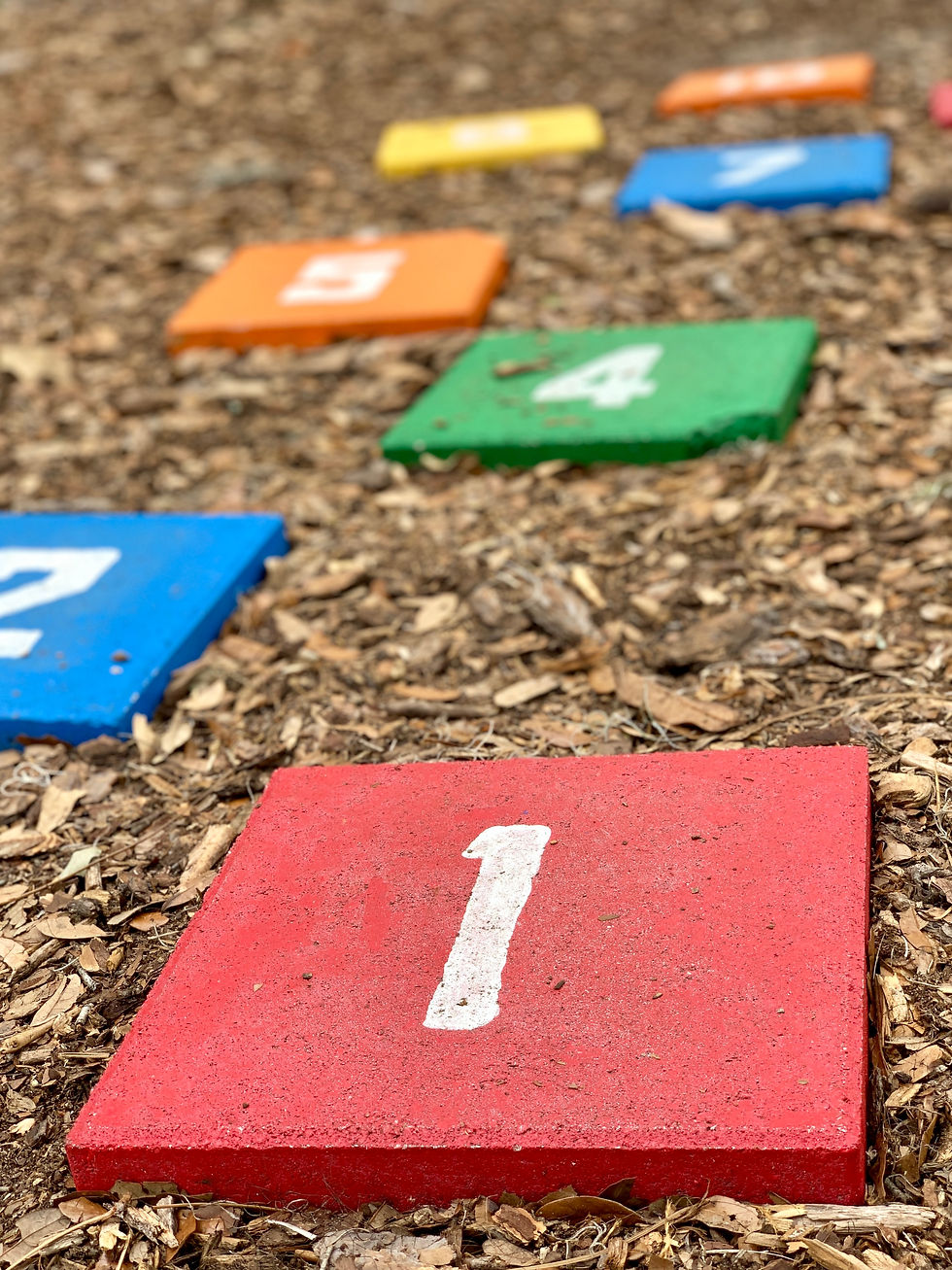Importance of Technology in Early Childhood Education
- Jasmeen Kaur
- Apr 22
- 3 min read

Modern technological advances serve to enhance creative skills among young children through their services in the digital era. Modern children can develop their creativity and acquire problem-solving skills because of interactive media, which combine with technology tools (NAEYC & The Fred Rogers Centre for Early Learning and Children’s Media, 2012). The combination of such experiences both advances mental development and opens students up to explore innovative thoughts and concepts. Early childhood education with incorporated technology helps children showcase their creative potential through modern means, which nurtures necessary academic abilities for upcoming learning and development. The combination of educational support for digital tool explorations generates innovation among students (Howard & Mayesky, 2022).
Theories and Perspectives on Creativity in Technology Education
Multiple creative theories function in settings where technology applies to early childhood education. According to Vygotsky's sociocultural theory, creativity comes from social relationships since children develop their creative capacities through working with others (NAEYC, n.d.). Howard and Mayesky (2022) find support for hands-on learning experiences in the constructivist perspective as it lets young students build knowledge through technology use. The theory of divergent thinking provides relevancy because it emphasises creating various solutions to problems, whereas technology uses these principles creatively. Through engagement and investigation, both theoretical frameworks reveal that technology understands the way it develops creativity in children.
Resources and Technologies for Engaging Children in Technology
Educational engagement of young children through technology-based learning becomes possible with the effective use of digital tools and resources by educators. Independent learning experiences can be created most effectively through the use of touchscreen devices as well as tablets. School "creatives" allow children to digitally express their ideas through applications that support drawing, storytelling, and music generation. Educational software featuring STEM-related games along with activities makes learning through technology not only fun but also meaningful. The use of physical resources like robots and coding games helps direct exploration along with problem-solving development, which helps children combine their innovative concepts with technical applications (NAEYC, n.d.).
Learning Experiences Across Age Ranges
0-2 years – The provision of tablets containing sensory-specific apps should be available to infants and toddlers. High-quality sensory apps on tablets activate sound and touch triggers which respond to children's movements, thus stimulating exploration as they develop their creativity.
2-3 years – Children should use digital storytelling programmes to choose their story characters and environments and make their own digital stories. The app serves as a platform for children to verbally recount their activities while using it, thus helping them advance language abilities alongside creative thinking using modern technology.
3-5 years – Organise a creative task that lets preschoolers draw digital artwork with stylus pens under the guidance of digital painting applications. Students should use stylus pens to explore colour selection, along with shape and texture experiences that enable enjoyable creative activities through digital painting applications.
6-8 years – You should lead older children through the use of coding platforms Scratch and Code.org to develop basic animations and games. Students develop critical thinking abilities through creativity because they learn coding commands for digital components to build their storytelling projects.
Original Creative Learning Opportunities
0-2 Years: Interactive Music Making - The tablet system should contain a music application which provides infants and toddlers with opportunities to explore multiple musical elements. Use the tablet screen for music generation by encouraging children to swipe and tap, which simultaneously builds both their auditory imagination and delicate hand movement skills.
2-3 Years: Virtual Puppet Show - Young learners should access a puppet application that lets them make and direct digital puppet shows. The application enables users to try various speaking voices and perform different movements for storytelling purposes, which develops their imaginative and storytelling abilities.
3-5 Years: Augmented Reality Exploration - Young learners should access a puppet application that lets them make and direct digital puppet shows. The application enables users to try various speaking voices and perform different movements for storytelling purposes, which develops their imaginative and storytelling abilities.
Critically Reflecting on Creative Characteristics
My curiosity toward technology combined with my technological enthusiasm will play a substantial part in my success at developing creativity in young children. Through implementing technology in education, I can offer students different resources to manifest their concepts and understand global environments. My willingness to learn new technologies together with my ability to adapt to different environments makes me capable of building diverse teaching environments focused on experimentation and creative problem-solving. My dedication to promoting positive technology attitudes will help young students understand that digital tools serve as tools for both exploration and innovative and creative achievements. My goal is to establish a classroom environment where creativity thrives while children obtain full participation in their educational encounters because I embrace these attributes (Howard & Mayesky, 2022; NAEYC, n.d.; NAEYC & The Fred Rogers Centre for Early Learning and Children’s Media, 2012).



Comments